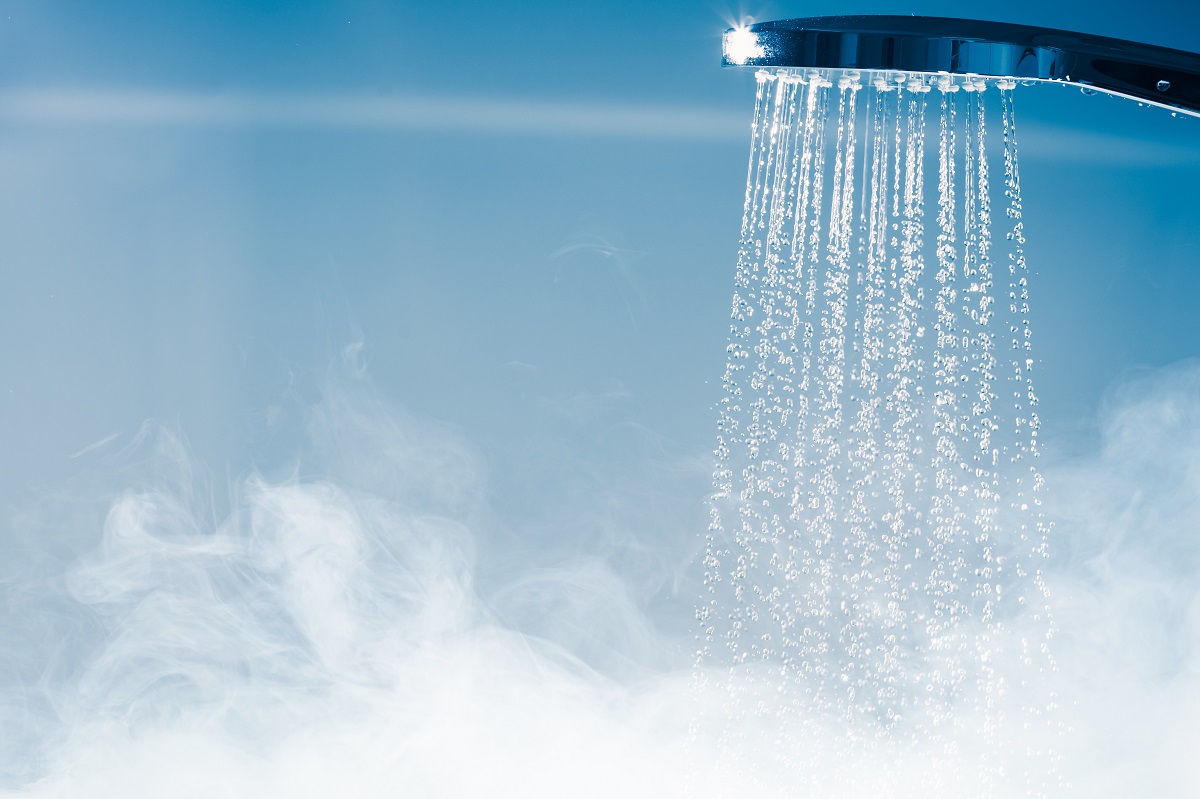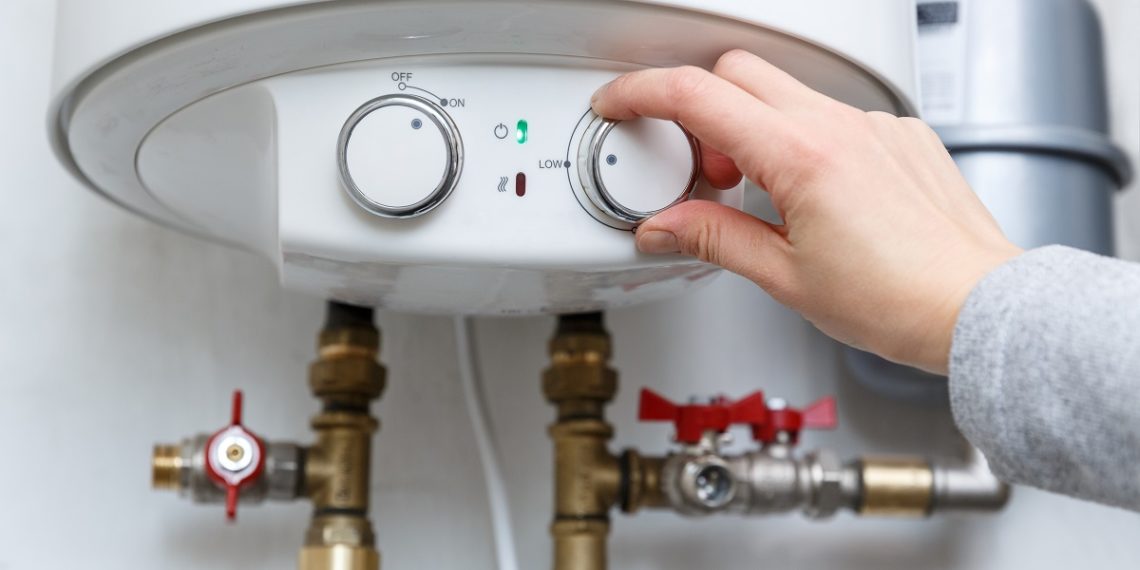The Land Down Under is most commonly known for its extra hot and arid climate, causing periodic drought and devastating bushfires. However, it does get cold in most areas at specific months.
With that said, during the cold and snowy season, you’ll need to install a hot water system to bring you warm water for showering, washing your dishes, or running a load of laundry.
In this article, Eastern Suburbs hot water plumber experts answered some of the most common questions about hot water systems. If you need repairs with your sewer line, then make sure to contact experts like sewer line repair mount vernon wa for professional services.
How Does A Hot Water System Work?

When turning on the hot water tap, cold water passes through a shut-off valve with a traditional hot water system. It travels through the dip tube and into the water heater tank.
The heating mechanism of the tank starts to heat the water according to the thermostat setting. Under immense pressure, the hottest water rises to the top, and newly entered water takes place to the bottom of the tank. This hot water travels through the heat-out pipe and your hot water tap.
This mechanism is seen frequently in the tanked type of hot water systems. Meanwhile, a tankless water heater has different operations. Instead of storing hot water in a continuously-heated tank, a tankless hot water system only heats water when needed.
When turning on a hot water tap, a flow sensor in the tankless water heater unit is activated. With a gas-powered tankless unit, the sensor turns on a fan inside the item that draws in air, opens the gas valve, and ignites the burner. Meanwhile, an electric tankless unit sensor activates the electric heating unit.
In both cases, the heat exchanger inside the unit is warmed, heating the water to the pre-set temperature. The water passes through the component and out of the water tap.
What Size Hot Water System Do I Need?
It will depend on household size, how much each family member used water, and when they use it.
A storage heater that’s too small will constantly run out of hot water, while a massive hot water system will be expensive to run since it will need to maintain water temperature even when it’s unused. Thus, it is essential to pick the best tankless water heater for your needs.
In general, a small family with less than four members can go with 80L – 160L tank size. Meanwhile, five – eight members will require a tank size of 250L – 400L tank size.
How Much Is A Hot Water System?
The cost of a hot water system will depend on the type of system you choose, also its capacity. Expert hot water installers can ensure a seamless setup to maximize efficiency and performance.
Here are estimated prices for the different types of hot water systems.
Electric Hot Water Systems
The electric hot water system divides into two main types— instant and storage.
Instant water heaters don’t have any tank, drawing high amounts of power to heat water on-demand. This kind is gaining popularity since they provide limitless hot water and save on energy costs. It is particularly true if you only use a small amount of hot water every day. The cost of instant water heaters (unit only) can range from AUD$680 – AUD$1,600.
Meanwhile, the traditional water heater uses heating elements to heat a water tank of varying sizes from 25L to over 400L. A small-size hot water system starts at about AUD$450. The larger models which often use two heating elements for faster warming can go over AUD$1,900.
Gas Hot Water Systems
Electric systems, similarly, gas hot water systems, come in storage and instant varieties. However, the difference in how they heat water also has a bit more pricing parity.
Gas instant systems are often priced from AUD$750 to over AUD$2,000, depending on the number of simultaneous water outlets and taps the system must serve.
Meanwhile, gas heaters with storage tanks cost about $850 for the 135L systems and go up to AUD$1,800 for the high-end 360L systems.
Solar Hot Water System
With the increasing popularity of renewable energy, more people are not moving towards solar-powered hot water systems, particularly in the sunnier parts of Australia.
Initially, these systems are expensive, though they can help save energy and money in the long run.
Solar water heater systems are available in several varieties. The price ranges from AUD$3,800 to AUD$5,400 or more for the roof-mounted models. Meanwhile, solar water heater systems with a tank on the ground, also known as split systems, are preferable when your roof can’t support the tank weight. These ground systems range from about AUD$3,900 to over AUD$6,000.
Lastly, the gas-boosted split system costs roughly AUD$4,900 to AUD$6,500.
Heat Pump
Heat pump systems are highly efficient and help save energy costs like solar varieties. However, instead of using solar energy, a heat pump system uses air-conditioning technology to take heat from the ambient air and usage of heat water.
These systems must install outside to extract warm air. Prices for this type can start at about AUD$3,800 for the 160L units and go up to AUD$4,500 for the 315L heat pumps.
How Long Do Hot Water Systems Last?
The average lifespan of a hot water system will depend on the type you have and how you use and maintain the system.
Generally, the continuous flow gas-powered water heaters can last 15 – 20 years with proper care. Meanwhile, the electric water heaters can only last 8 – 12 years, depending on whether it’s a tankless or a tank system.
Do Solar Hot Water Systems Need Servicing?
Like any electronic system, a hot water system needs regular servicing and maintenance to keep them in tip-top shape.
Depending on several factors, including usage or how hard the water is in your area, hot water systems must check every 6 months to a year. Always check the manufacturer’s guide for recommendations.
As the unit ages, you also need to repair and replace its components.
Conclusion
And there you have it! These are just some of the most commonly asked questions by homeowners who consider having a hot water system. We hope that this article has satisfied your basic curiosity about hot water systems in Australia.


